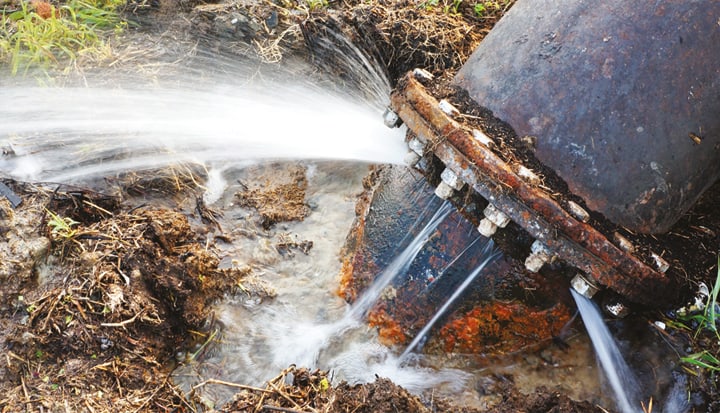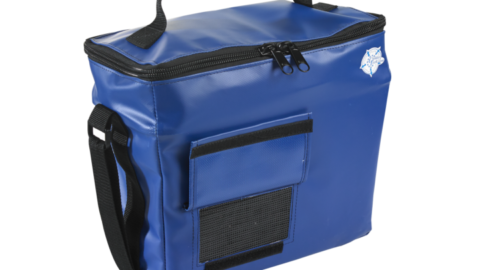by Mark Halliwell, Taggle Systems
In 2011, Mackay Regional Council took what were then the first courageous steps towards using Taggle’s recently developed Low Power Wide Area Network (LPWAN) to collect data from its entire water meter fleet. The council’s success in transforming its water business, recognised by both national and international awards, has been spoken and written about many times over the following years.
Since then, Taggle has worked with 30 councils and water utilities around Australia that have chosen to use the company’s network-as-a-service for their own Automatic Meter Reading (AMR), smart water or digital metering projects. While perhaps not as high profile as the Mackay story, many of these utilities have also had their successes. All of them had to work through some level of business case validation to secure project funding and, importantly, almost all of them did not require a grant or similar funding.
In many cases, decision makers had no difficulty in demonstrating a positive business case for their project, citing savings in meter reading costs, customer-side water loss mitigation, non-revenue water reduction and other tangible benefits as being sufficient to justify their investment.
For those water service providers, local councils and water utilities that are considering AMR as a means by which to modernise their water and wastewater systems, there are a number of intangible or less obvious benefits to be considered.
Usually, the first impact made by an AMR system is the identification of leaks on customers’ premises. When a council calls or writes to a customer advising them of a potential leak and gives them the opportunity to save money on wasted water or, worse, property damage resulting from a leak, the reaction is almost always very positive.
Letters have been written to councils and local newspapers praising council for its actions, creating a very positive image of the council in its community. How much would a council need to spend on a marketing campaign to achieve a similar outcome?
With hourly data from water meters and other sensors (pressure, sewer overflow etc) acquired by radio, workforce resources are available for other tasks. In many cases, improved workforce utilisation is not considered in the business case evaluation. Not having staff engaged in meter reading, special reads and the like can have the effect of adding extra people (FTEs in HR jargon) to the workforce.
No longer having staff or contractors travelling the shire every few months to read meters reduces exposure to hazards such as aggressive dogs, snakes and spiders that lead to workplace health and safety (WHS) issues. Reducing WHS related incidents lead to less time lost, reduced administration costs and a better work environment for staff.
What about vehicle costs? How many kilometres are travelled by utility vehicles every year in relation to meter reads or other tasks that could be achieved using a LPWAN? What about fuel and maintenance costs or extending the life of vehicle assets?
Speaking of assets, could the ability to manage pressure in water pipes help to reduce the potential for leaks and extend their life? While the cost of capital is currently at historic lows, being able to increase the life of major assets such as pipelines or water treatment plants through reduced pressure or better demand management makes a big contribution to long-term financial health. This is where Chief Financial Officers really need to take more of an interest in what can be achieved with AMR and wider data acquisition using LPWAN technology.
Finally, using AMR and other data provides an opportunity to better understand the community’s water use behaviour, and develop and measure new approaches to water and wastewater system management. A customer portal that shows people how much water they’ve used can also provide opportunities to engage with customers, which for some councils has played a big part in their efforts to reduce community water consumption.
AMR business cases cannot be successfully developed in isolation. How projects might benefit other parts of the organisation must be considered to avoid marginal business cases when a wider perspective might have resulted in a more positive outcome. Maybe it’s time to start looking at the bigger picture.
















